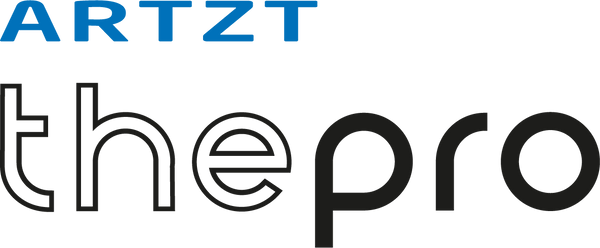
Time to get things moving
Share
Reading time: 3 min.
Physiotherapist Sascha Seifert in an interview about old habits and new treatment methods
Sascha, you are a non-medical practitioner, osteopath and physiotherapist with several facilities of your own. What is special about the Seifert system?
We are a family business and work with a holistic therapy and training approach based on the Seifert system. We have developed from a physiotherapy practice, via a rehabilitation center, to holistic medicine (osteopathy, alternative medicine, natural medicine) including training. Today's Seifert system consists of five pillars: holistic diagnostics, solution-oriented treatment, integrated training, strategic nutrition, and mental strength.
We do not want to reduce our patients to their prescription, but see the person as a whole. We have a treatment logic with three goals that we pursue together with the patients: Get out of the dysfunction, Back to everyday functionality (this is where physiotherapy often ends), Long-term health and quality of life (nutrition, mental strength, training). The long-term loyalty and support of our patients is one of our core goals.
With the workload, do you still have time for sporting activities and – even more importantly – regeneration?
It is important to me that I live what I recommend to the patient. This includes diet as well as strength training two to three times a week and ideally two to three endurance units. I'm not a competitive athlete, but regular training is important to me. Of course, I have very good prerequisites for this in my facility.
In addition to training, I also try to strengthen my work-life balance through regular family, free time and vacation time. It's difficult sometimes, but I try to accommodate it.
In addition to manual techniques, you also use small devices in therapy in your facilities. What advantages do they offer for your team and your patients?
Small devices are regularly used by us, even if they are not all provided for in the health insurance company's catalog of remedies. Float bands and kinesiology tapes are among my most common treatment methods here.
As co-founder of the therapy concept Vitality Flossing and as a taping instructor for the International Taping Association, I make sure that the know-how from science and many years of experience are reflected in my everyday tools. This is the only way I can offer my patients therapy and training programs that really help them.
Functional and physiotherapeutic small devices are available on the market like sand on the sea. How do you choose your partnerships here?
For me, functionality and quality are the top priorities for these tools. They should also last a long time and be useful in daily practice. In addition, they should offer added value for patient and therapist. In addition to motivation and fun for the patient, this also includes helping the therapist to make their daily work easier.
Training therapy devices from ARTZT thepro like that floss band or the Fazers meet these criteria because they are well planned and thoughtfully developed. This is what makes the ARTZT product range so unique.
What made you decide to give training an important place in your facilities in addition to pure therapy?
For me, therapy and training simply belong together. Exercise and muscle building are the key elements we use to help people get healthy and stay healthy over the long term. I like to use functional training equipment for this.
